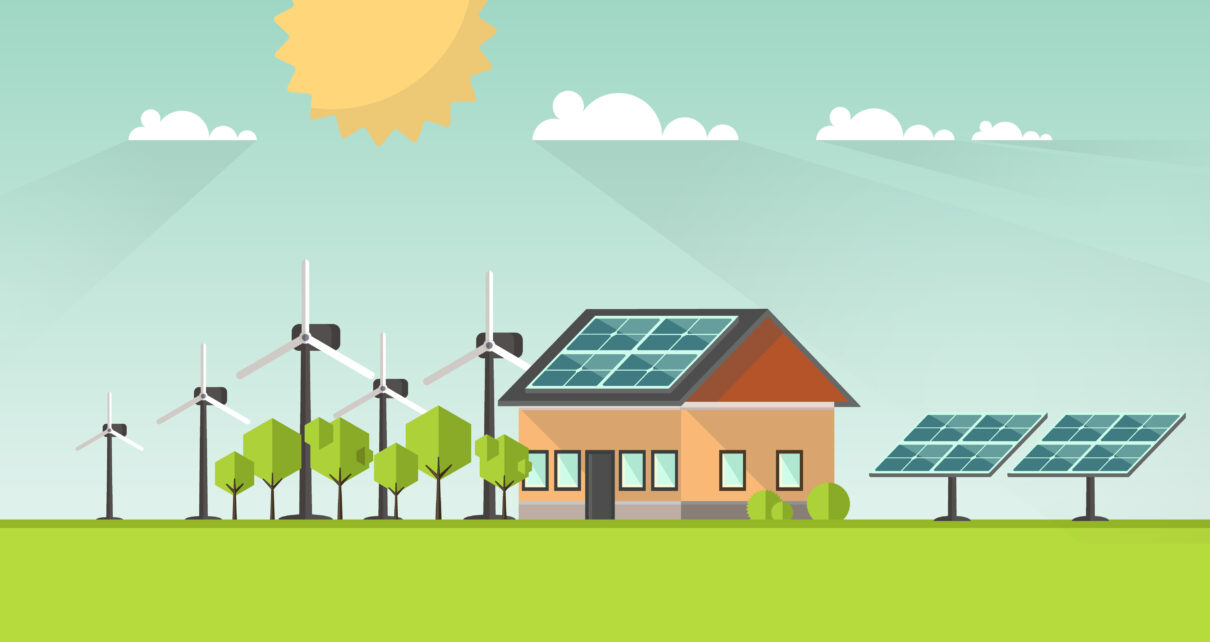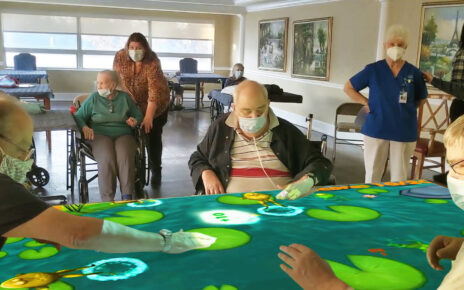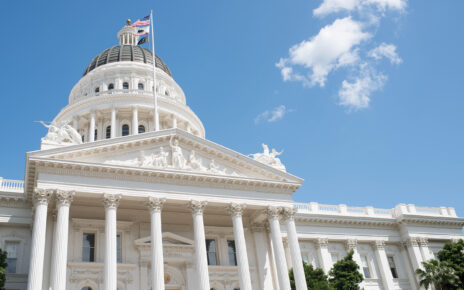by John Wood, CEO, Sunfolio
Although many states have created incentives for solar implementation on affordable multifamily housing projects, California was the first and remains the leader in providing incentives to implement solar on affordable multifamily properties.
Beginning in 2008, California originally led the nation by subsidizing solar on affordable properties with the MASH (Multifamily Affordable Solar Housing) grant program.
A couple of years ago, California’s AB 693 bill created an even more generous subsidy ($100 million per year for 10 years for a total of $1 billion) to subsidize solar implementation on qualifying affordable multifamily properties (which includes many affordable senior properties in the state). The grant which will normally cover the full cost of solar implementation for any California affordable apartment property which meets the following criteria:
SOMAH property eligibility requirements:
- Have a qualified affordable housing regulatory agreement and five or more rental units.
- 80 percent of the property’s residents must have income at or below 60 percent of the area median income or property is located in a state-designated disadvantaged community (CalEnviroScreen).
- Have individually metered units eligible for virtual net energy metering.
- Be an existing building with a certificate of occupancy in PG&E, SDG&E, SCE, Liberty Utilities or PacifiCorp utility service territory.
The grant amount can be reduced in July of each calendar year (it was reduced by five percent last July) so it is important to apply for the grant as early as possible. Once a project has received approval, the grant amount is fixed. The solar installation must be completed by a SOMAH-approved contractor with a valid California license.
The program requires that the units be individually metered (each tenant unit has a separate electric meter) and utilizes a VNM (Virtual Net Metering) concept which requires the relevant electric utility to allocate the savings from the solar installation on the common area and tenant electricity bills. No more than 49 percent of the electricity credits can go towards common area meter(s) and a minimum of 51 percent must be allocated to tenant units.
To date the approved SOMAH projects have allocated an average of 12 percent of VNM credits to common areas with the remaining 88 percent allocated to credits on tenant’s bills. The program grant is much higher for solar power allocated to tenants (currently $3.04/watt AC) than for common area credits (currently $1.04/watt AC) which makes the grant amount for a given property higher as more solar energy credits are allocated to tenants.
The program allows for the solar improvements to be owned by the property (since this is a grant the asset will benefit the property’s balance sheet without any corresponding liability) or by a third-party provider (PPA or lease arrangement). The solar ITC and LIHTC may be used to help finance the solar improvements but the grant amount(s) are reduced with the utilization of these incentives.
HUD supports the SOMAH grant program and in a July 2019, memo stated that the VNEM credits generated by SOMAH solar installations will be excluded in regard to calculating annual income for a participating property and the credits will be excluded when calculating utility allowances.
John Wood is CEO of Sunfolio (based in California and a LeadingAge California member). He can be reached at jwood@sunfolio.com




